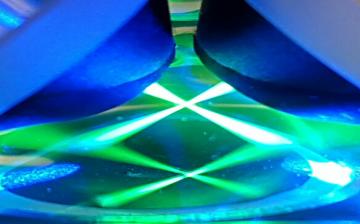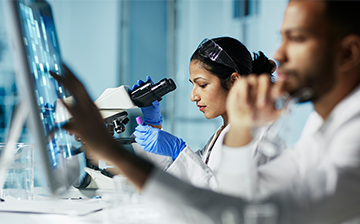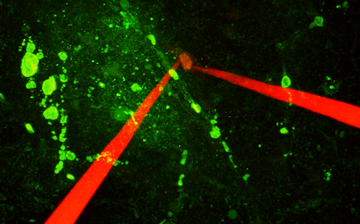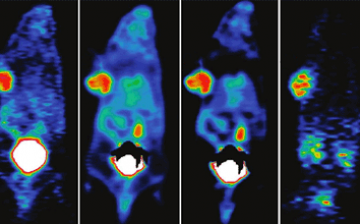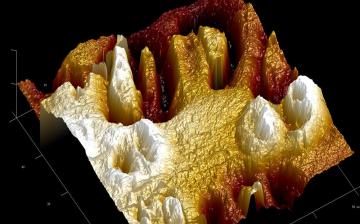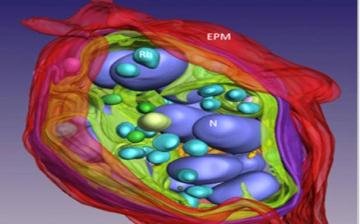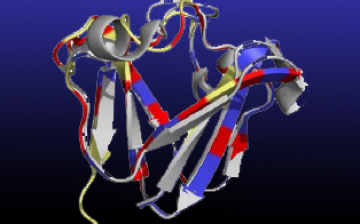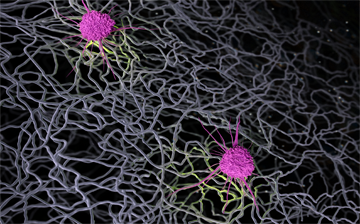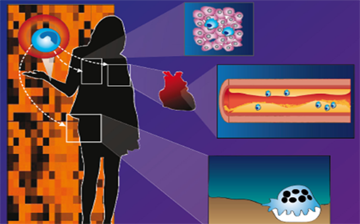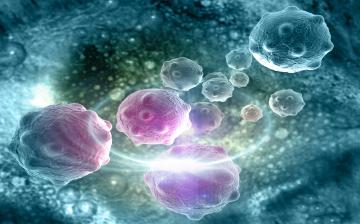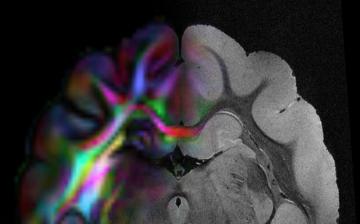NIH-wide Shared Resources and Core Facilities
The AIM facility is a trans-NIH shared resource that houses, operates, disseminates, and improves prototype optical imaging systems developed at the NIH.
The BETA Center is a NIH-wide resource that brings a focused engineering approach to accelerate the development, validation and dissemination of cutting-edge technologies to address urgent national and global healthcare needs.
IDEAS collaborates with NIH intramural researchers and provides engineering expertise for biomedical and clinical research driven technology development.
The ICF develops methods, for incorporating radionuclides and fluorophores into molecules, and new imaging tools for studying biologically important processes.
BEPS is a trans-NIH shared resource that supports IRP basic and clinical scientists on applying engineering, physics, imaging, measurement and analysis.
Intramural Research Labs
The LCIMB develops new approaches for determining the organization, structure, and interactions of organelles and macromolecular assemblies.
The DMA develops methods for studying reversible interactions of biological macromolecules in solution and at surfaces to understand biological binding events.
The Section on Immuno-Engineering develops immune-active biomaterials for regenerative medicine and seeks to understand how the immune system interacts with biomaterials.
Uses multi-scale approaches from enzymes and mathematical modeling to whole-animal imaging and dissections to elucidate and treat biochemical and biomechanical mechanisms of pathological tissue remodeling.
The Section on Mechanobiology develops and utilizes advanced Atomic Force Microscopy technologies for cellular and tissue mechanics studies.
The Laboratory on Quantitative Medical Imaging develops methods to derive biomarkers from data acquired by non-invasive imaging techniques.
Related News
Established by NIBIB in January, the BETA Center will serve as a hub for expert teams of technology developers at the NIH intramural program and beyond to work together to rapidly address pressing health needs. Source: NIH Catalyst

NIBIB has established the Center for Biomedical Engineering Technology Acceleration—BETA Center, a new intramural research program to solve a range of medicine’s most pressing problems. The BETA Center will serve the wider NIH intramural research program as a biotechnology resource and catalyst for NIH research discoveries.
NIBIB researchers and their collaborators introduce several novel image restoration strategies that create sharp images with significantly reduced processing time and computing power.
NIBIB Intramural Research Program labs collaborate with other NIH researchers on tackle engineering challenges.
Bioengineers at the National Institute of Biomedical Imaging and Bioengineering (NIBIB) are asking big questions—and striking up trans-NIH collaborations to answer them. And by joining forces with researchers across NIH’s intramural research program (IRP), they’re moving discovery into entirely new places. Read more at the NIH Catalyst.


